Click below to watch the video
If Petra is the original Holy City of Islam, why did the Roman army not get involved earlier. Dan Gibson traces the whereabouts of the Byzantine Roman army and explains their use of client tribes to control northern Arabia.
Transcript
Video #29 This is a general transcript of a Dan Gibson video.
Hello, and welcome to the first video in the series Q&A. My name is Dan Gibson and today we want to examine a question that viewers have asked about Romans. If, as I suggest, Petra is the original Holy City of Islam, then it is much closer to the Roman army. Indeed, it is in Roman territory. So why do we not hear about the Romans earlier? Why doesn’t the Roman army interfere earlier?
It is a good question, and I have been investigating this for a number of months now. I have a number of resources, just to give you an example of what I go through. I have:
The Byzantine Wars by John Haldon
An Osprey book: Yarkmuk AD 636 by David Nicolle
T*he Function of the Roman Army in Southern Arabia Petrae*a by Mariana Castro
plus in my electronic library I have a thousands and thousands of books and academic papers, including:
The Archaeology of Jordan, Burton MacDonald & Russell Adams
Byzantium and the Arabs in the Fifth Century by Irfan Shahid
Just to mention a few, as well as many academic papers that I have downloaded over the years; over 10,000 different resources that I can look at when I want to research a topic; for example, when I look up Mut’a, the battle, pages and pages of stuff comes up where it is mentioned. So I have lots of resources to go through.
So, if Petra is the holy city of Islam, why weren’t the Romans upset earlier? Here are 10 things to consider:
- Muhammad the preacher would have had support from the Roman Byzantines as long as he preached monotheism to the polytheists. This is why his persecuted followers were able to move to Abyssinia in Ethiopia, which was also Christian, but not Byzantine, so he found some support there.
- Muhammad moved to Medina in 622, where his main opponents were the Jews. Now the Christians and the Jews did not get along. Tension was building in the Byzantine Empire. 8 years after Muhammad and his followers moved to Medina, the Byzantium emperor, Heraclius decreed that all Jews must convert to Christianity. You can see why Muhammad felt free to physically attack the Jews, when they confronted him about his teaching, claiming that his teaching was not correct according to the Jewish scriptures. At this point, Muhammad had not clashed with Christians, so he clashed with the Jews in Medina.
- Byzantine Romans were at war with Persia in the east, and tribal people in the north. Their army was divided into multiple sections. Europe was a major struggle. The Slaves were pressing in on the north east. The Balkans were a major area of struggle. In the east, the Persian armies continually attacked with armies of 30 - 40,000 men. In Egypt and North Africa there was also trouble. There was no love between the Coptic church in Egypt and the Byzantine Romans. The Byzantines ruled with an iron fist, and they taxed the Egyptians, and they taxed the Egyptians and they taxed them. So the Roman army was not minding the tribes in Arabia.
- The Byzantine Romans paid, supported and used Arab tribes in southern Syria and especially Jordan to police the border to Arabia. Hundreds of years earlier, the Great Roman Empire had constructed forts and limes connected by roads and stopping stations all across Jordan. Those forts were now utilized by local Arab tribes who were defending the southern side of the Byzantine Roman Empire; so the army could be somewhere else. Besides, other than intermittent raids, the tribes of Arabia had never ever launched a full scale attack from Arabia into that area.
- There was no well defined border with Arabia. Remember, much of Arabia was occupied by nomadic tribes, who were often raiding each other, rather than attacking well defended fortifications. Hundreds of years earlier, the Romans had utilized limes, or lines of defense. But now, the area was ruled by series of forts or castles, and they would defend from these points.
- The Arabs were known as agriculturalists and merchants. Camels were used for moving goods. The tribes were poorly armed. This is why, at the battle of Badr, the Quraysh asked the Romans for arms: swords, spears, shields, mail armor; so they could defend themselves against these Roman raiders. The Battle of Badr was significant, because those arms fell into the hands of the Muslims. I am sure this raised alarm in the Byzantine world.
- The Battle of Badr, as we showed in video #10 in the series Archeology and Islam, was fought north of Petra. This was a daring raid, deep into Byzantine territory, and would have greatly alarmed everyone. There was something different happening. In order to mobilize, several things had to happen for the Byzantines: a) the Arab tribes defending the Romans had to meet, agree and organize themselves against a major threat. b) They would need to send delegations to the Romans, and work their way up the chain of command, up the hierarchy, trying to convince them that there was a growing threat in the south. Remember, the south has never risen, so this is going to be a difficult task. I am sure that the Romans encouraged the Arab tribes to deal with the bandits from Medina by attacking Medina itself. c) First, in 625 a small Arab army left the Petra area, which was called Mecca at the time, (see video #5). This is called the Battle of Uhud; the first battle that takes place. d) Next, in 627 the Arab armies march south again, reaching Medina again, but this time Muhammad has his men dig a ditch around the north side of Media, to defend it against the invading Romans who are coming down south. They are not called Romans, they are simply the tribes coming out of Mecca. Remember Petra was called Mecca at this time, we have shown that in earlier videos as well. So, Where Were The Romans? It becomes clear that the Meccan Arab tribes were the agents of Rome.
- There is an 8th item I want you to notice. I am sure, that it wasn’t until this book by Mariana Castro that it really became clear to me that there was no military presence, of Romans, in Petra. They are all over the place, she lists a couple of hundred places where there were Roman forts, none of them in the city of Petra, at least we haven’t discovered them to this date. So, no major military presence in the city that we know of. It was truly a religious centre. Oh, there were some Roman soldiers and officials buried in Petra, but no major barracks or Roman fort that we can fine.
Remember that Petra at this time, was NOT the capital city of the Roman province Petrea. That was in Bosra in southern Syria. There were Roman soldiers the in Bosra, but the south was policed by local tribes, the Quraysh among them.
So when the Quraysh marched into Arabia, they would have gathered fighters from the surrounding tribes. At Uhud there were only 3000 soldiers and 200 cavalry on the Roman side. At the battle of the Trench, the armies arrived with 10,000 soldiers. This number may have been exaggerated, it is hard to tell. And when it comes to Mu’ta, the next big battle, there might have only been a handful of actual Roman Byzantine soldiers there. The vast majority would have been local tribesmen, and along with them pressed farmers and city dwellers. They would have gathered as many as they could get? Al-Tabari indicates somewhere between 100,000 and 200,000. He doesn’t give us a good number. Professor Walter Kaegi estimates that there might have been 100,000 soldiers in the entire Roman army, which was mostly in the Balkans and in Persia. (and Italy, North AfricaSo maybe they gathered 10 or 20,000 on the Roman side, and about 3,000 on the Muslim side. After all, who can count heads in a battle? There is no official record of the Christian side, so we go by what the Muslims say, but recognize that the numbers were inflated. 9. That brings us to #9. There are no official recorded Roman Byzantine army battles in southern Jordan at Mu’ta. Haldon goes through the wars, and he doesn’t even mention Mu’ta. It does appear in the Roman records that he systematically goes through. Obviously the army at Mut’a was not under Roman control, but under the Arab tribes that were there, the Arab controlled army. 10. When the Roman army does come on the scene, the Emperor Heraclius set up a defensive wall from Gaza to the southern end of the Dead Sea. And that is where they draw the line against Arabia. It was Abu Bakr who, some years later, would convince the Arabic speaking tribes in southern Jordan to join him. He looks at the wall, and says: let’s just go into Egypt then. So the army marches into Egypt. They also march north. He convinces the local tribes: Did you see that comet in the sky?
There was this great earthquake, followed by a curved sword shaped comet went across the sky that they took as on omen. And so the Arabs tribes of the Syrian Desert join with him. His army begins to grow. The real battle takes place at Yarmuk, in northern Jordan in 636 AD. So the arab tribes are acting on behalf of the Romans. And since we are looking at Petra in the Roman area, the tribes come down, the Quraysh come down into Arabia, they are acting on behalf of the Romans. So the Romans are involved, just not under Roman name. We only hear the local tribal names. As for the Byzantines, they are far away, their army is spread thin all around the Roman Empire.
So, if we consider Petra, as the original Holy city of Islam, history makes more sense if we are talking about Petra. The Roman Byzantine history fits the Petra story better than it fits the Mecca story in Arabia.
Now, one more thing. The Bedouin in Arabia developed something new just before the coming of Islam. Originally the Arabs of Arabia used camels for carrying items for trade. They did not ride the camels, they walked and the camels carried the huge burdens. Eventually the so called South Arabian saddle was placed with a wood frame. And this wood frame could be put on the top of the hump, not on the back side of it, and it could give an effective platform from which soldiers could fight.
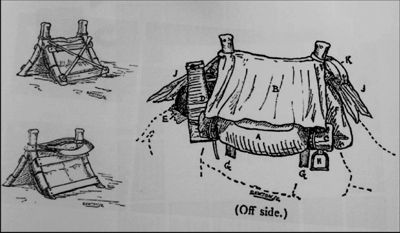
Camel saddle
This meant that the new Muslim armies could move quickly through the desert. The Byzantine Army marched on its feet, and was supported by a small number of cavalry, but it was an infantry based army who moved slowly. The Arabs on the other hand were all mounted. They could move quickly, maneuver around armies, and fight a totally different kind of battle than the Byzantine foot soldiers were used to. This upset the balance of power in the Middle East, and the Roman armies struggled to resist this new kind of warfare. They put up a good fight, but in the end, the Muslims swept across the desert much faster than the slowly moving foot soldiers of the Romans.
If you have not been following the videos from the beginning, please start with the documentary film: The Sacred City, and then watch the videos in the series Archeology and Islam.
I am Dan Gibson, and this has been the first video in the series Questions and Answers. I have over 100 emails on my computer; from viewers asking questions, so I will attempt to answer some of those questions in future videos in this series.
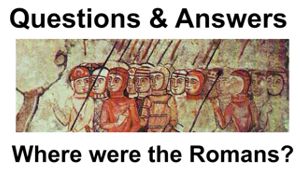
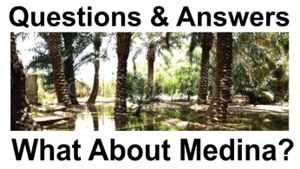
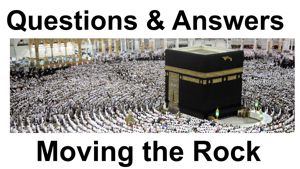
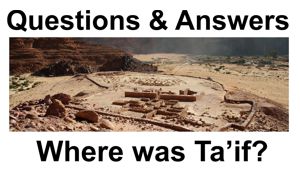
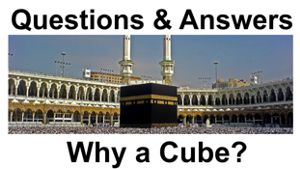

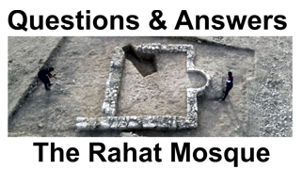
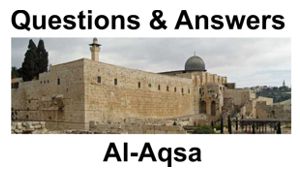
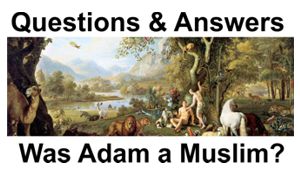
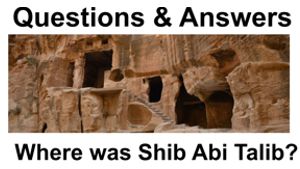
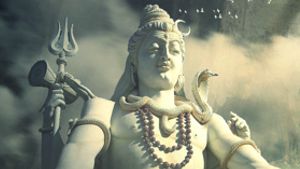
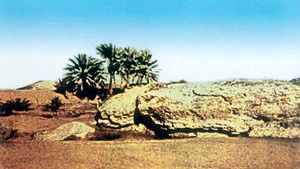
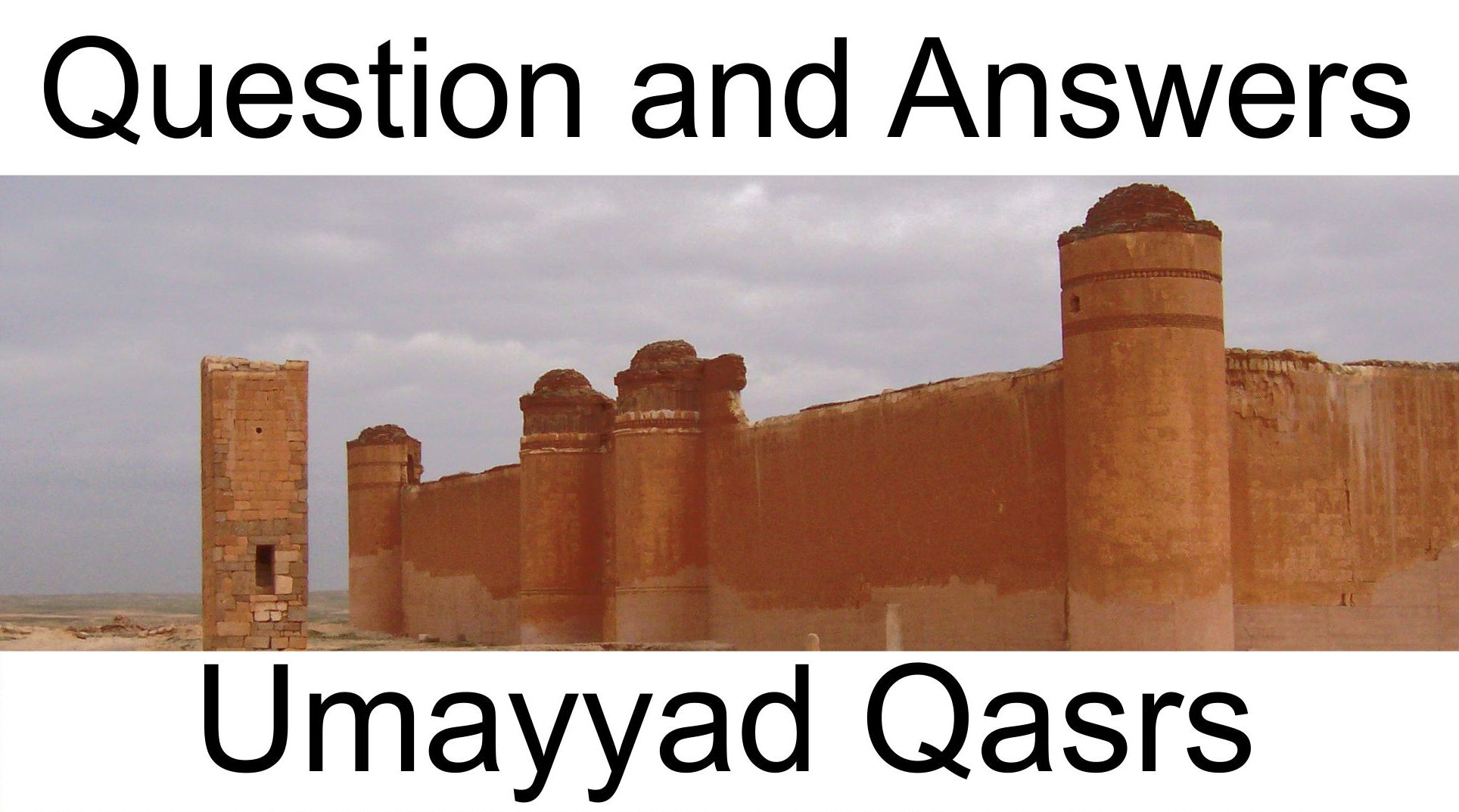
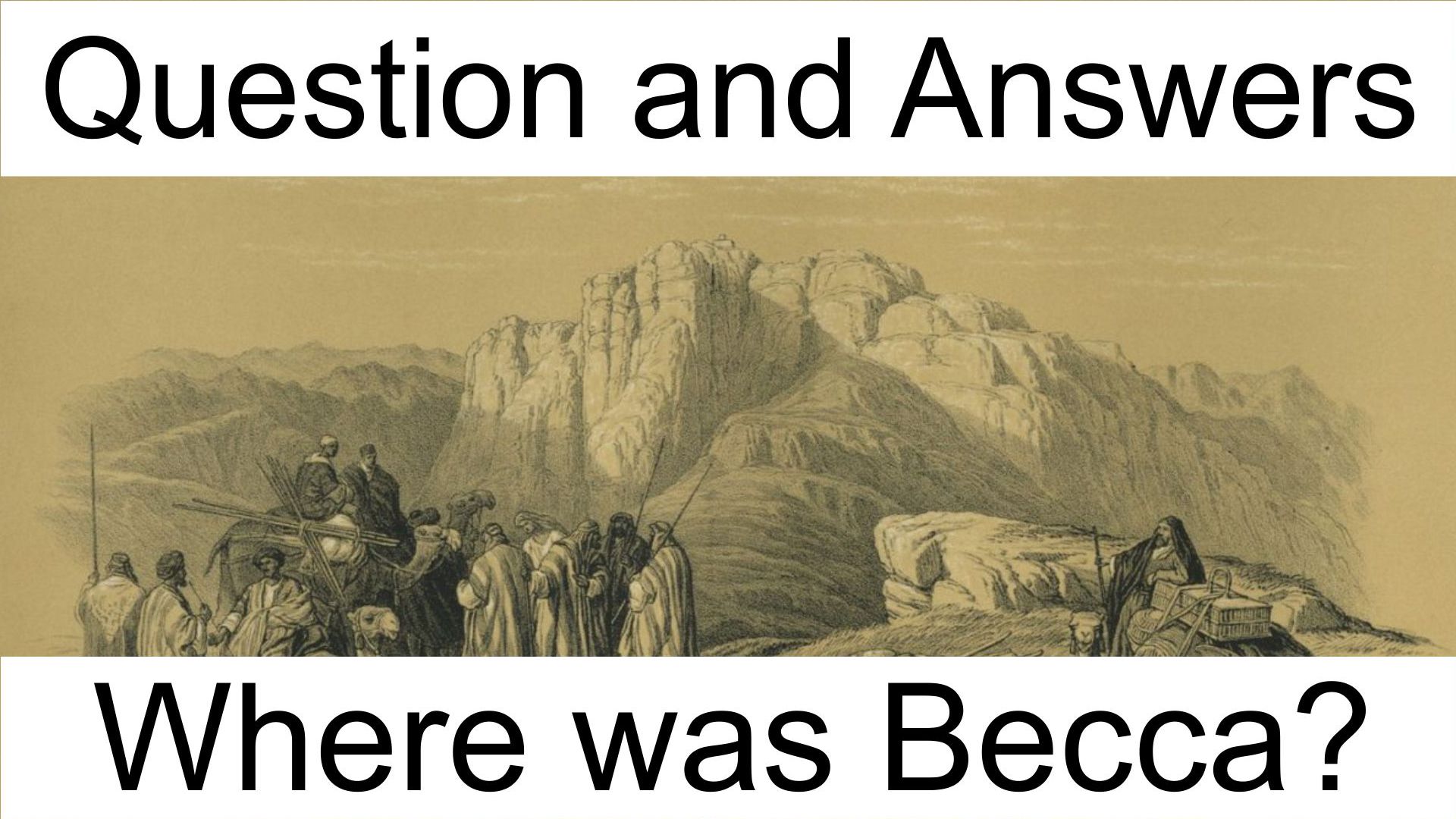
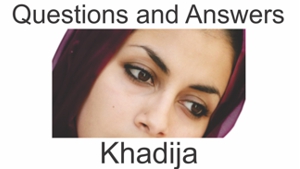
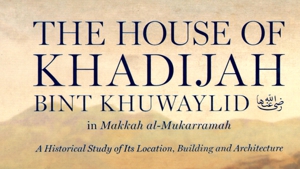
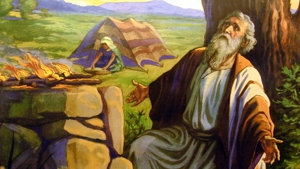
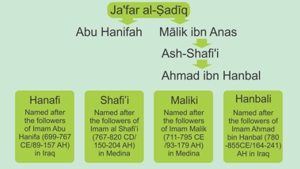

Page Discussion
Membership is required to comment. Membership is free of charge and available to everyone over the age of 16. Just click SignUp, or make a comment below. You will need a user name and a password. The system will automatically send a code to your email address. It should arrive in a few minutes. Enter the code, and you are finished.
Members who post adverts or use inappropriate language or make disrespectful comments will have their membership removed and be barred from the site. By becoming a member you agree to our Terms of Use and our Privacy, Cookies & Ad Policies. Remember that we will never, under any circumstances, sell or give your email address or private information to anyone unless required by law. Please keep your comments on topic. Thanks!